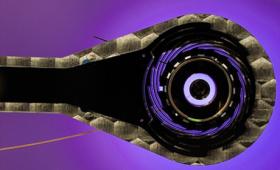Among the factors contributing to the National Ignition Facility (NIF)’s record-smashing 1.3-megajoule (MJ) energy-yield shot on Aug. 8 was the quality of the high-density carbon (HDC), or diamond, target capsule used in the experiment.
Science and Technology Highlights
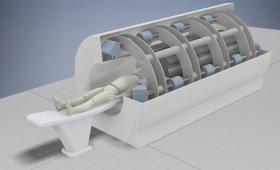
Researchers have shown for the first time the potential for linear induction accelerators (LIAs) to deliver effective, targeted doses of “FLASH” radiation to cancer patients.

The Laboratory is taking part in NASA’s first-ever planetary defense test, which deliberately collides a spacecraft into an asteroid called Dimorphos.

Rock weathering — the process of chemical transformation by long exposure to water and the atmosphere — boosts soil organic carbon storage by altering soil mineralogy.

A research team has dveloped a machine learning-based technique capable of automatically deriving a mathematical model for the motion of binary black holes from raw gravitational wave data.
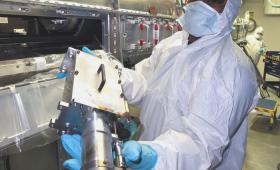
Third in a series of articles describing aspects of the National Ignition Facility’s record-breaking 1.3-megajoule experiment.
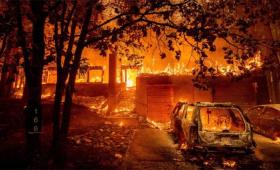
Research shows that two-thirds of the increase in vapor pressure deficit, an indication of fire weather, in the western United States is due to human-caused climate change.

First in a series of articles describing aspects of the National Ignition Facility’s record-breaking 1.3-megajoule experiment.
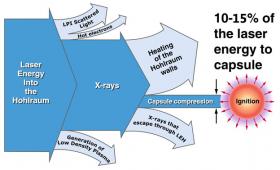
Second in a series of articles describing aspects of the National Ignition Facility’s record-breaking 1.3-megajoule experiment.

A Multi-institutional team of researchers found that late-migrating fish that spend a year in their home streams as juveniles leave in the fall and arrive in the ocean larger and more likely to survive their years at sea.

